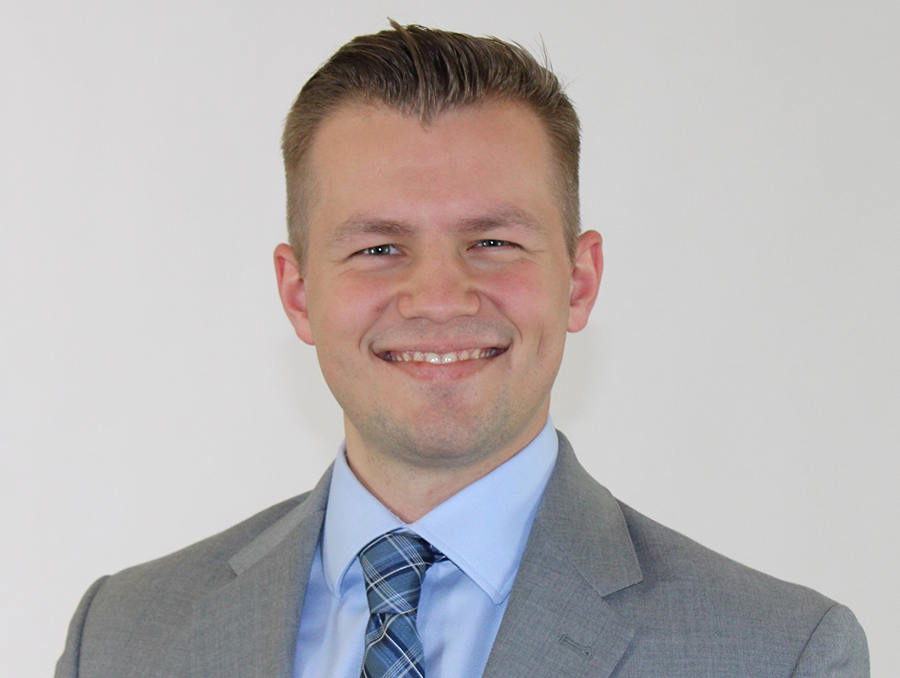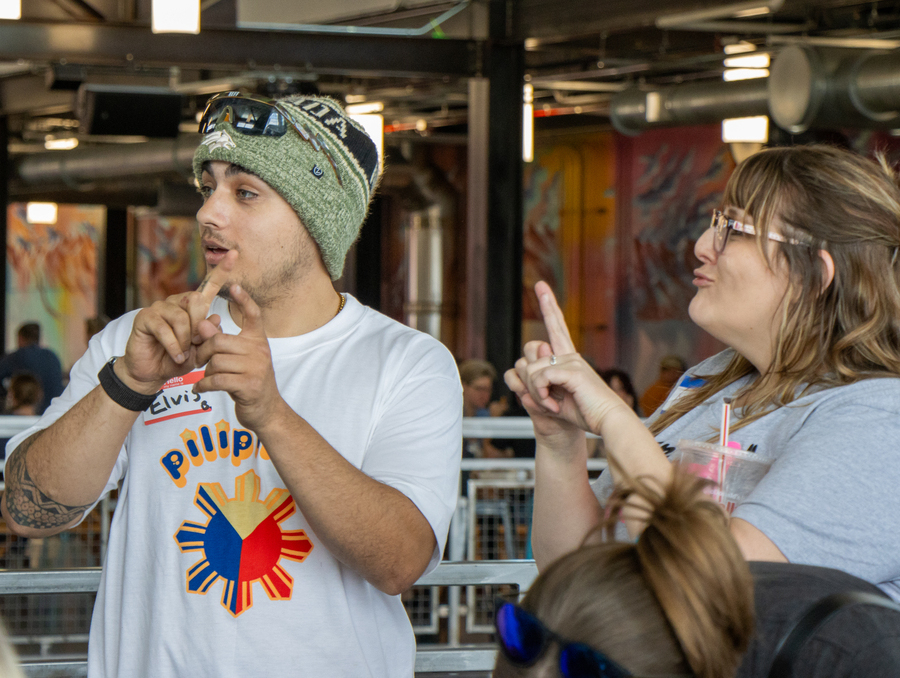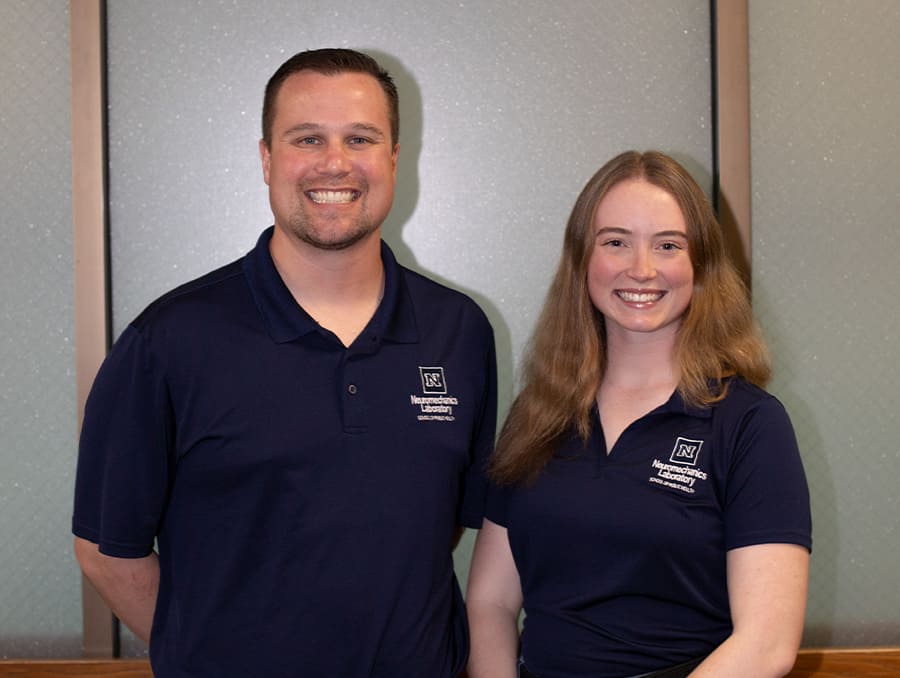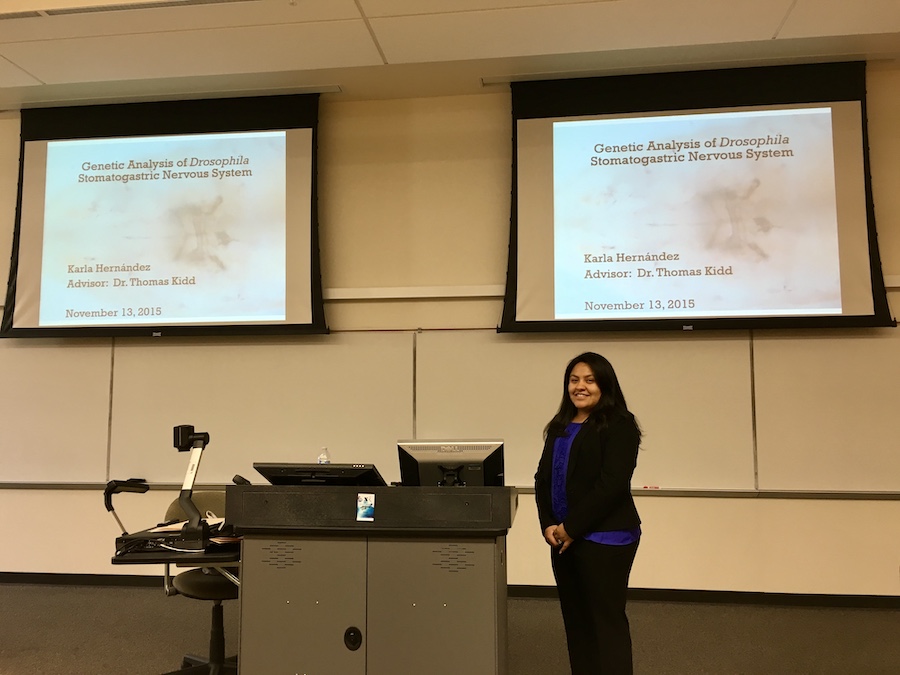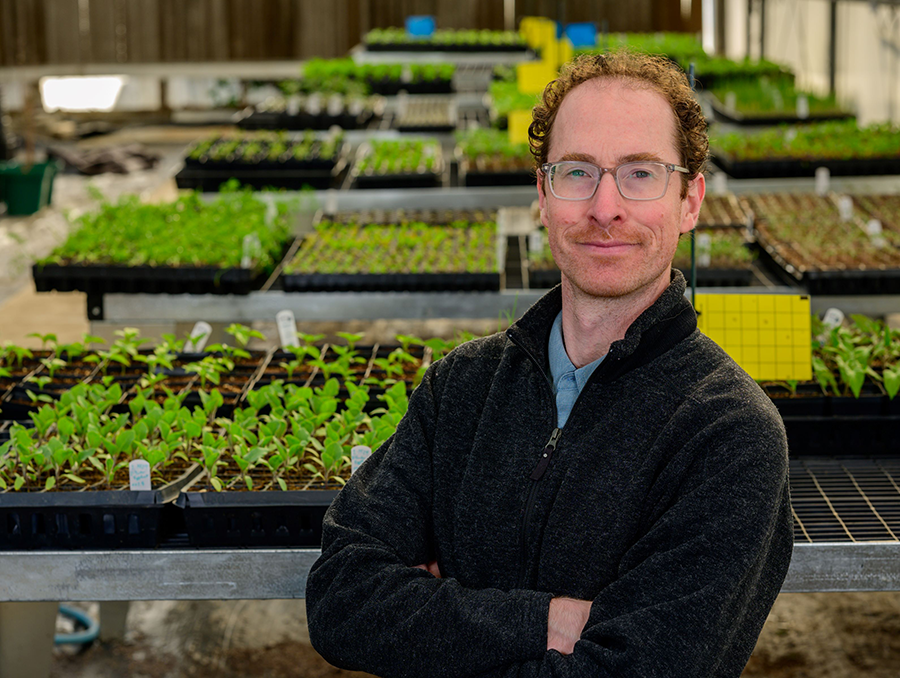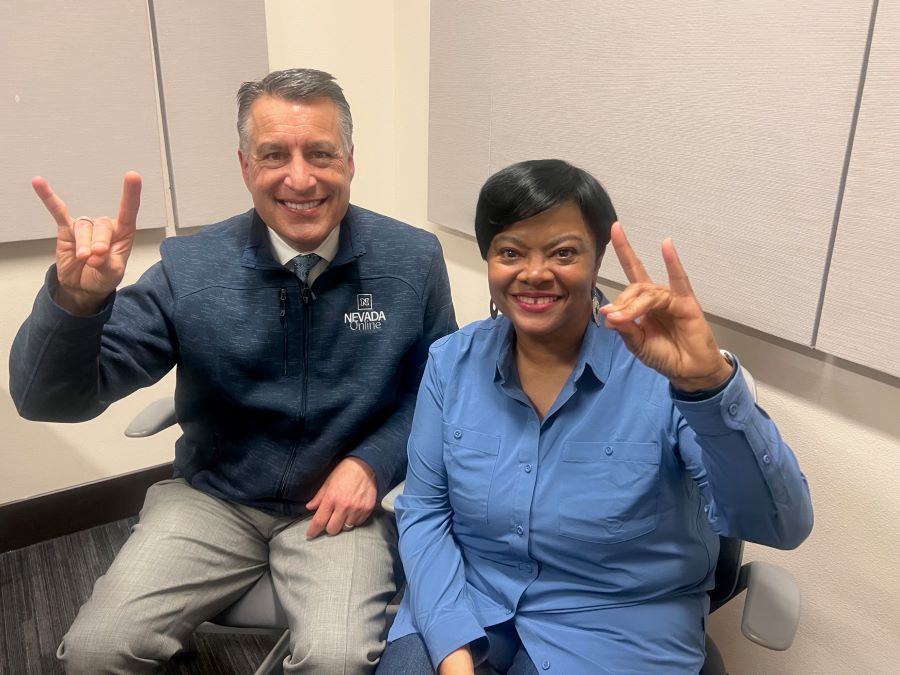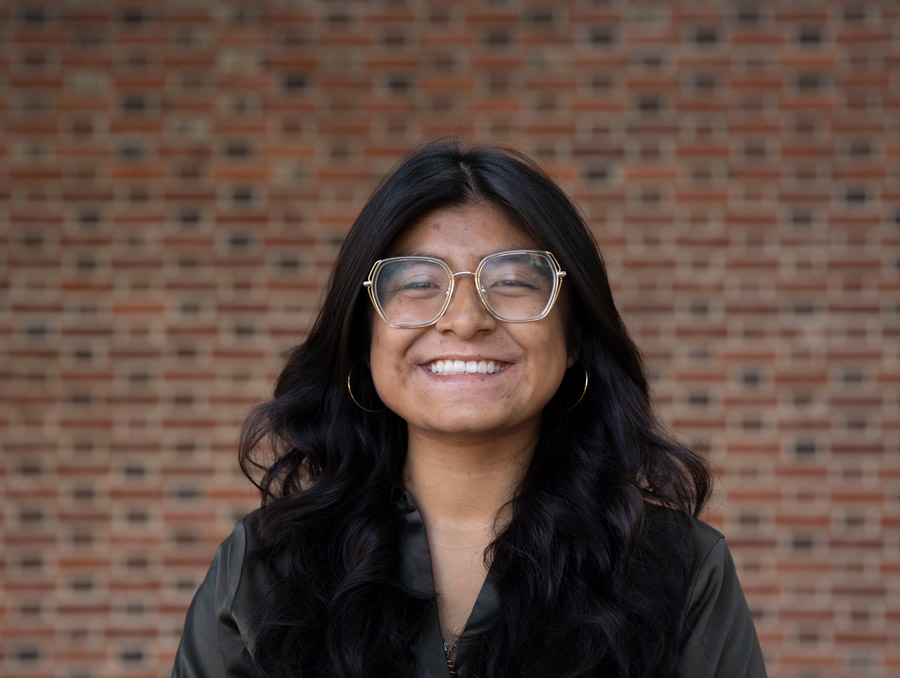An 8.0 earthquake hit the east side of campus recently, but the only real casualty was a 110-foot bridge.
M. Saiid Saiidi, a professor in the civil and environmental engineering department, just created another milestone in research for the University. Saiidi and the team at the University's earthquake lab tested a quarter-scale, four-span bridge with a series of seismic simulations, some of which were approximately the equivalent of an 8.0 Richter scale-quake. It was the first time anyone in the world has tested a four-span bridge and it happened at the James E. Rogers and Louis Wiener Jr. Large-Scale Structures Laboratory.
Over 400 sensors on the structure were used to compile data that was broadcast live to scientists and engineers around the globe, and the final test was the 8.0 earthquake simulation; two times the 1994 Northridge earthquake. The lab currently houses three state-of-the-art shake tables for simulating earthquakes.
"Think of this as a huge patient we've been working on for years," said Saiidi. "After each test, we want to know what the status of the patient is, and compiling all this data will help us build stronger, safer bridges."
The lab is a National Science Foundation (NSF) funded member of the George E. Brown Jr. Network for Earthquake Engineering Simulation (NEES). The lab is used for undergraduate, graduate work and research and is the only facility of its kind in the world.
"We wanted to test some new materials in this bridge," said Saiidi. "It is going to take some time to analyze the mass of data we now have, but it is quite amazing that we were all able to make this first-time event happen right here and hopefully the results will save many lives."
Nevada researchers were joined by members of the National Science Foundation, Cal Trans and NDOT, whose financing and expertise made the landmark experiment possible. Students, researchers from Berkeley, UC San Diego, Florida International University, Georgia Tech, Stanford, University of Kansas and University of Illinois, Chicago were also on site for the first-time event.
The tests were broadcast live on the NEES site to hundreds of scientists and engineers all over the world. More than 150 invited guests and members of the media attended the demonstration and the experiment was made possible by a grant from the NSF.
NevadaToday





